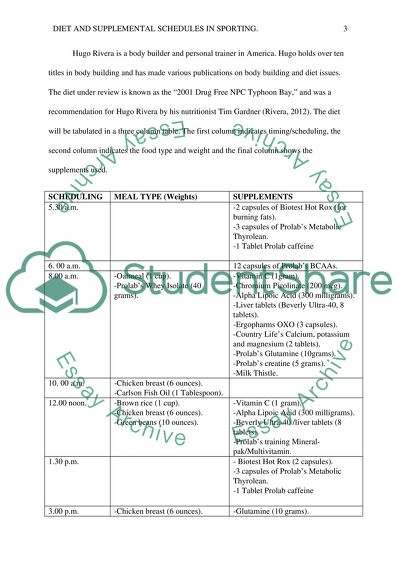Cite this document
(“Diet and Supplemental Schedules among Body Builders and Aerobic Assignment”, n.d.)
Retrieved from https://studentshare.org/health-sciences-medicine/1460158-critically-evaluate-diet-and-supplemental
Retrieved from https://studentshare.org/health-sciences-medicine/1460158-critically-evaluate-diet-and-supplemental
(Diet and Supplemental Schedules Among Body Builders and Aerobic Assignment)
https://studentshare.org/health-sciences-medicine/1460158-critically-evaluate-diet-and-supplemental.
https://studentshare.org/health-sciences-medicine/1460158-critically-evaluate-diet-and-supplemental.
“Diet and Supplemental Schedules Among Body Builders and Aerobic Assignment”, n.d. https://studentshare.org/health-sciences-medicine/1460158-critically-evaluate-diet-and-supplemental.


